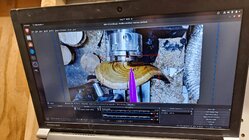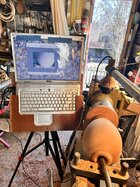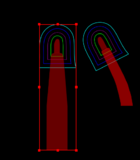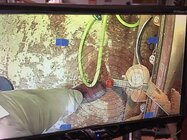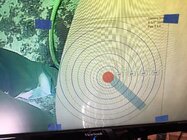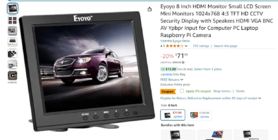Should be an interesting discussion.
With a captured hollowing system, either a camera or laser would be helpful for visualization to guide wall thickness.
I just watched Trent Bosch’s video re his visualiser camera setup and another video by someone else regarding laser adapted to a captured system (Elbo2). Being a (now ex-)urologist used to “reaming” out prostates using a camera to see in real time, much like a hollow form, it sure seems more intuitive than the laser visualization.
Bosch’s system looks great though I wonder if a larger monitor could be used—his is 15 inches. One would then need to add the protective screen to the monitor that one draws on.
Opening up this subject for discussion, as I have lots to learn before the deep dive . . . .
With a captured hollowing system, either a camera or laser would be helpful for visualization to guide wall thickness.
I just watched Trent Bosch’s video re his visualiser camera setup and another video by someone else regarding laser adapted to a captured system (Elbo2). Being a (now ex-)urologist used to “reaming” out prostates using a camera to see in real time, much like a hollow form, it sure seems more intuitive than the laser visualization.
Bosch’s system looks great though I wonder if a larger monitor could be used—his is 15 inches. One would then need to add the protective screen to the monitor that one draws on.
Opening up this subject for discussion, as I have lots to learn before the deep dive . . . .

